Every month, rent is climbing. Every month, pensions stand still.
And for retirees across America—those who served the backbone of our communities—their financial security is slipping through the cracks. In these 30 states, surging rents are racing ahead of stagnant pension adjustments, creating a silent crisis that’s stripping seniors of basic dignity.
Ready to see where the squeeze is tightest—and why it’s on the brink of becoming unignorable?
30. Alabama – The Slow Burn Effect

Alabama starts our countdown with what might seem like mild rent pressure, but don’t let that fool you. The state’s 2-bedroom Fair Market Rent declined 2.12% from 2024 to 2025, with renters paying $276 less. However, from 2020 to 2025, Alabama’s 2-bedroom FMR increased 32.38%, and after adjusting for inflation, it increased 5.90%.
Meanwhile, Social Security recipients receive the standard 2.5% COLA adjustment nationwide. The disconnect becomes apparent when you consider that many Alabama retirees rely heavily on Social Security as their primary income source.
29. Missouri – Rising Pressure in the Show-Me State
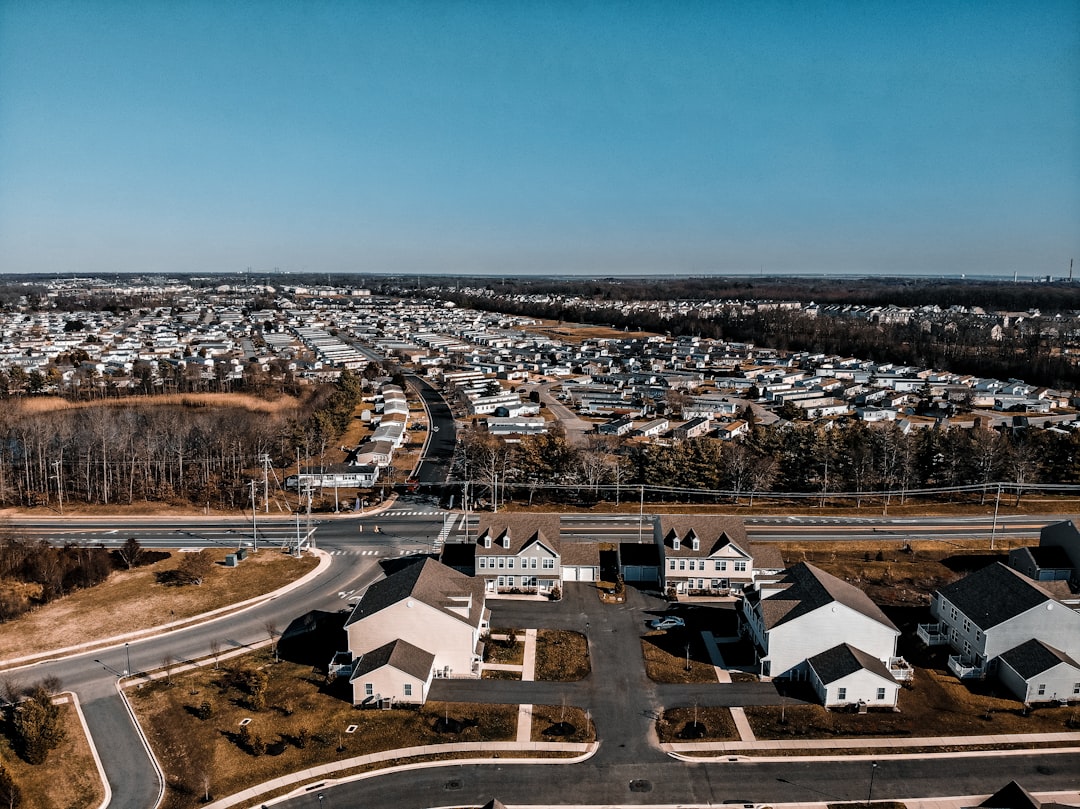
29. Missouri – Rising Pressure in the Show-Me State (image credits: unsplash)
Fair Market Rent for a 2-bedroom in Missouri increases 2.31% from 2024 to 2025, with Missouri renters paying $300 more for a 2-bedroom in 2025 than they did in 2024. This exceeds the Social Security COLA adjustment slightly, creating a small but noticeable squeeze for retirees.
The state’s pension systems vary widely, with some offering minimal adjustments that fail to keep pace with housing costs. Missouri’s relatively affordable housing market historically provided a buffer, but that advantage is slowly eroding.
28. Mississippi – The Compounding Challenge
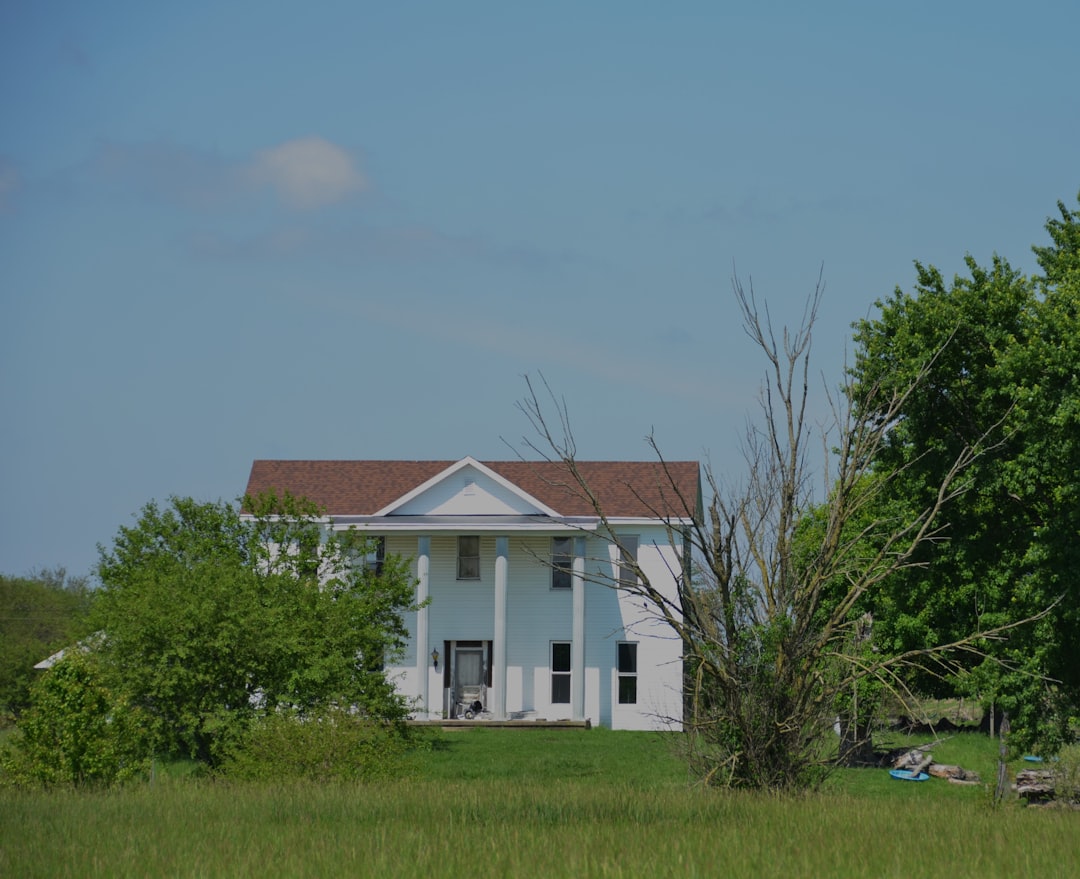
Mississippi renters will pay $432 more for a 2-bedroom in 2025 than they did in 2024, with the Mississippi 2-bedroom FMR increasing 39.3% from 2020 to 2025. This dramatic increase far outpaces any pension adjustments available to most retirees in the state.
The situation becomes more dire when you consider that Mississippi traditionally had some of the lowest housing costs in the nation. Retirees who moved here expecting affordable living are finding their fixed incomes stretched beyond comfort levels.
27. New Jersey – The High-Cost Paradox

New Jersey renters will pay $792 more for a 2-bedroom in 2025 than they did in 2024, with the New Jersey 2-bedroom FMR increasing 32.5% from 2020 to 2025. While the state offers higher Social Security benefits due to higher historical wages, the rent increases still outpace pension growth significantly.
What makes New Jersey particularly challenging is that the median increase will be $52.50 per month for retirees in New Jersey for Social Security, but housing costs are rising much faster than this adjustment can cover.
26. New Mexico – Desert Dreams Turn Expensive

Fair Market Rent for a 2-bedroom in New Mexico increases 5.11% from 2024 to 2025, with New Mexico renters paying $696 more for a 2-bedroom in 2025 than they did in 2024. This represents more than double the Social Security COLA adjustment.
New Mexico has become a popular retirement destination, but the influx of retirees combined with limited housing supply has driven up costs faster than pension adjustments can accommodate. Many fixed-income residents are being priced out of areas they’ve called home for years.
25. Kansas – Heartland Housing Pressure
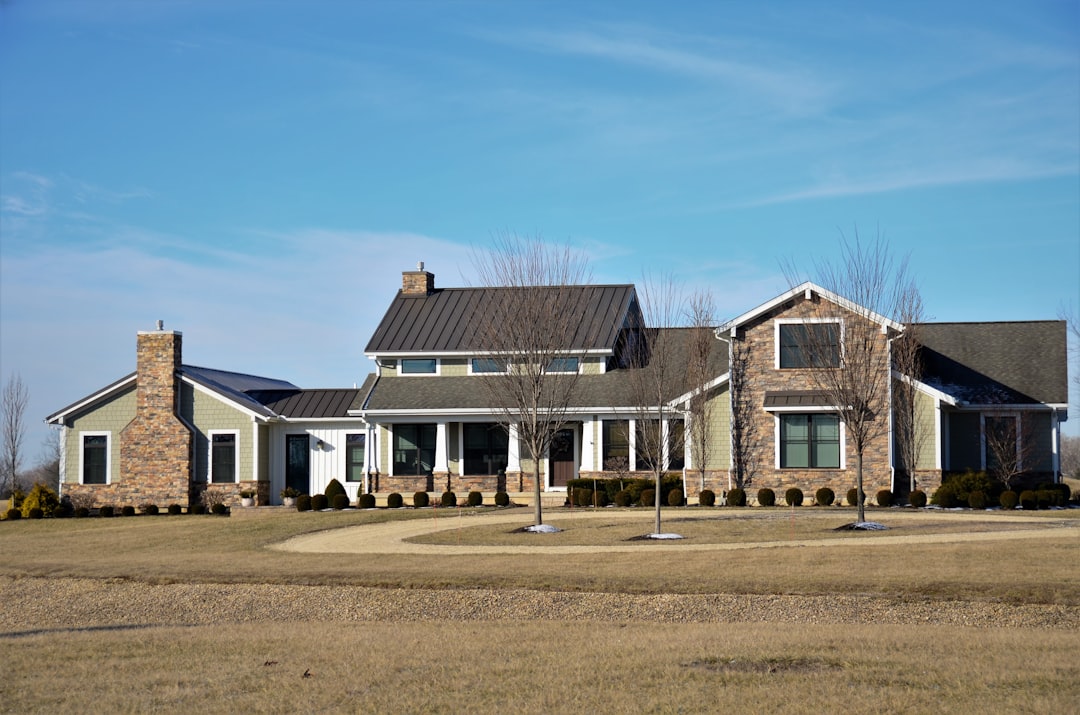
Rent increased by 2.1% in Kansas (these growth rates were not significantly different), which still outpaces what many state pension systems provide. Kansas has traditionally offered affordable living, making it attractive to retirees on fixed incomes.
However, the state’s teacher retirement system and other public pension plans often provide minimal cost-of-living adjustments that fail to keep pace with even modest rent increases. This creates a gradual erosion of purchasing power that compounds over time.
24. Illinois – The Prairie State Squeeze

Rent increased by 1.6% in Illinois, which seems manageable until you consider the broader context. Many Illinois state pension recipients face systems that provide inconsistent or inadequate cost-of-living adjustments.
Chicago’s rental market drives much of the state’s statistics, but even in smaller cities, retirees find their housing costs creeping up faster than their pension checks. The state’s fiscal challenges have also limited the ability to provide meaningful pension adjustments.
23. Ohio – Buckeye State Budget Battles

Ohio presents a mixed picture where some metropolitan areas experience significant rent growth while others remain stable. The state’s various pension systems for teachers, police, and other public employees often cap cost-of-living adjustments below actual inflation rates.
Many Ohio retirees chose the state for its affordable living, but urban areas like Columbus and Cleveland are seeing rental markets tighten. State pension funds have been conservative with COLA adjustments, leaving many retirees vulnerable to housing cost inflation.
22. Pennsylvania – Keystone Concerns

PASR continues to fight to get a Cost of Living Adjustment (COLA) for PSERS annuitants, along with SERS and annuitants and other retired government workers. We are expecting the PA House to pass HB 1379, which would provide a COLA for these groups. This legislative battle highlights the severe disconnect between rent increases and pension adjustments.
Pennsylvania teachers and state workers often go years without meaningful pension adjustments while housing costs continue to climb. The political fight over COLAs demonstrates how far behind pension systems have fallen in protecting retirees’ purchasing power.
21. Indiana – Hoosier Housing Headaches

Indiana’s rental market has experienced steady growth, particularly in Indianapolis and surrounding metropolitan areas. The state’s pension systems typically provide modest adjustments that fail to match housing cost increases.
Many Indiana retirees face the double challenge of limited pension growth and increasing healthcare costs, leaving little room in their budgets to absorb housing cost increases. The state’s teacher retirement system has been particularly stingy with cost-of-living adjustments.
20. Maryland – Free State, Expensive Housing
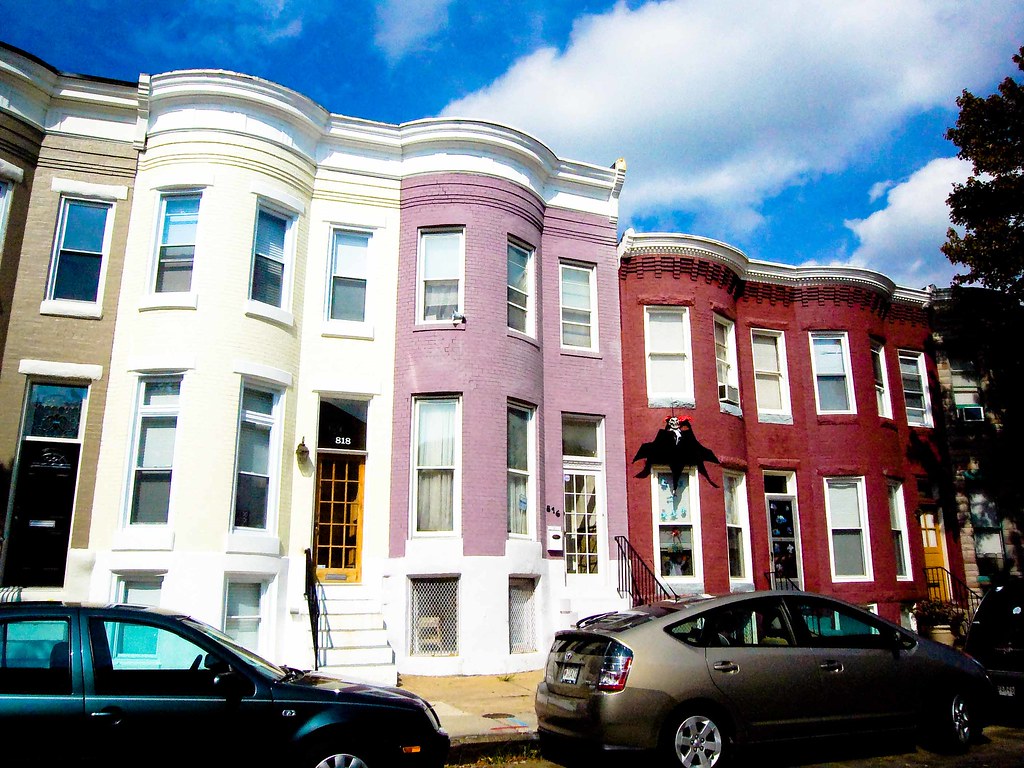
Eligible payees of the Maryland State Retirement and Pension System will notice an increase in their monthly allowance beginning in July as the 2025 cost-of-living adjustment takes effect. This year’s cost-of-living rate is 2.949%. The System’s total investment performance did not equal or exceed the 6.8% assumed rate of investment return, therefore the statutory rate cap for the portion of an allowance based on creditable service earned on or after July 1, 2011, is 1% for many payees.
This complex system means many Maryland state retirees receive far less than the calculated inflation rate. 2.949% on the portion of the allowance based on creditable service earned before July 1, 2011, and 1% on the portion earned on or after July 1, 2011 creates a two-tier system that severely limits purchasing power protection.
19. Michigan – Great Lakes, Great Challenges

Michigan’s rental market varies dramatically between Detroit’s recovery boom and rural areas still struggling economically. The state’s pension systems for teachers and public employees have faced funding challenges that limit cost-of-living adjustments.
Detroit’s revitalization has driven up housing costs faster than many retirees anticipated. Meanwhile, the state’s teacher pension system provides minimal inflation protection, leaving educators who dedicated their careers to Michigan struggling with housing affordability in retirement.
18. Wisconsin – Badger State Budget Strain

Wisconsin’s rental markets in Madison and Milwaukee have experienced significant growth, while the state’s pension systems struggle to provide adequate cost-of-living adjustments. The Wisconsin Retirement System, while generally well-funded, has been conservative with benefit increases.
Many Wisconsin retirees face the challenge of property tax increases on top of rising rental costs if they choose to downsize. The state’s pension system doesn’t adequately account for the full spectrum of housing-related cost increases that retirees face.
17. Minnesota – North Star, Rising Costs

Minnesota’s Twin Cities area drives much of the state’s rental cost increases, while pension systems lag behind in providing adequate adjustments. The state’s teacher retirement system and public employee pensions often provide adjustments that are capped well below actual inflation.
The irony is that Minnesota has traditionally been viewed as retiree-friendly, but housing cost increases are changing that perception. Many retirees find themselves priced out of neighborhoods they’ve called home for decades.
16. Iowa – Hawkeye Housing Hurdles
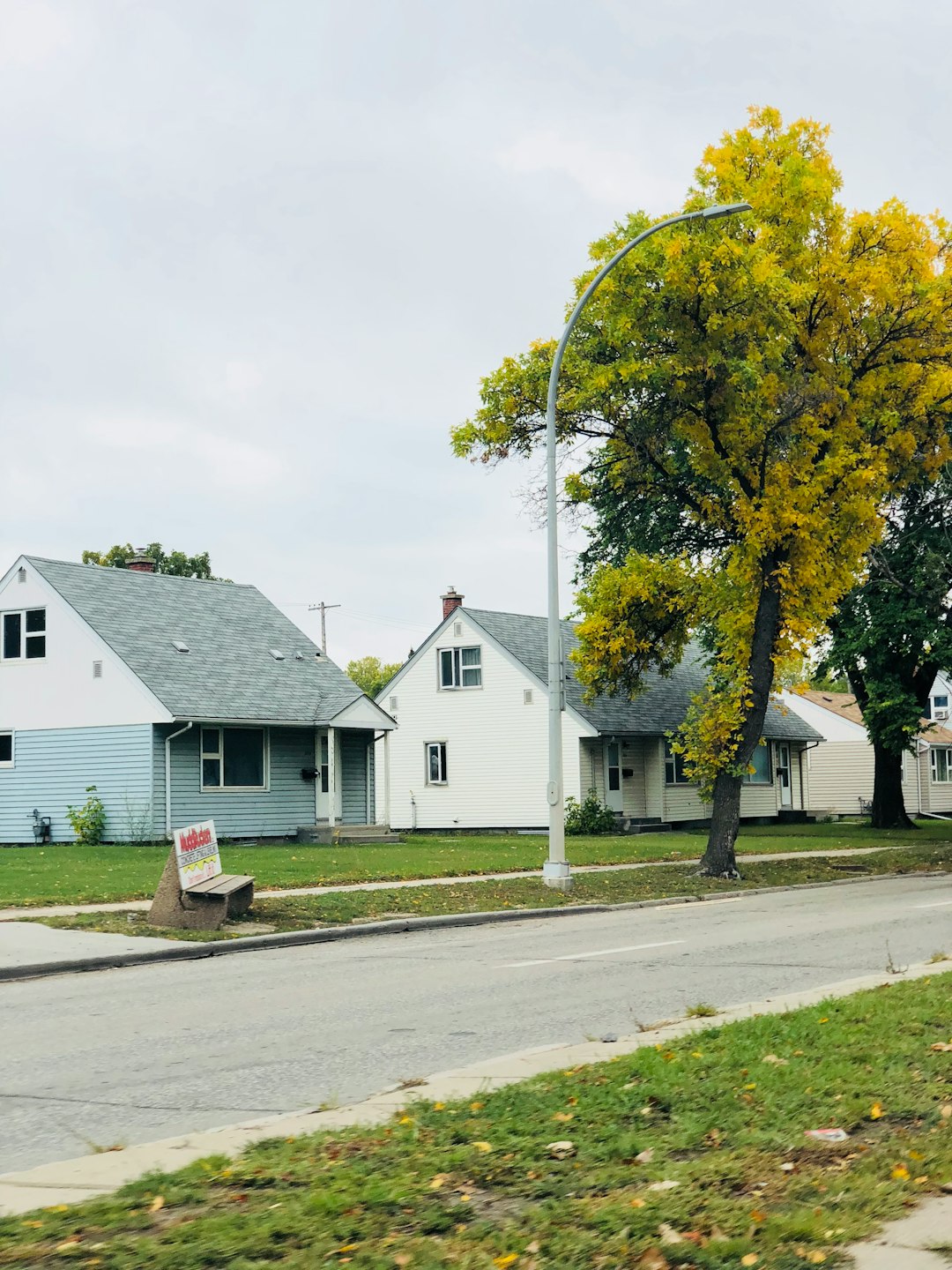
Iowa’s rental market has experienced modest but consistent growth, particularly around Des Moines and Iowa City. The state’s pension systems typically provide conservative cost-of-living adjustments that fail to match housing inflation.
Iowa’s agricultural economy has traditionally provided stability, but changing demographics and limited housing supply in desirable areas have created pressure points. Retirees on fixed incomes find their housing options becoming increasingly limited.
15. South Carolina – Palmetto State Pressure
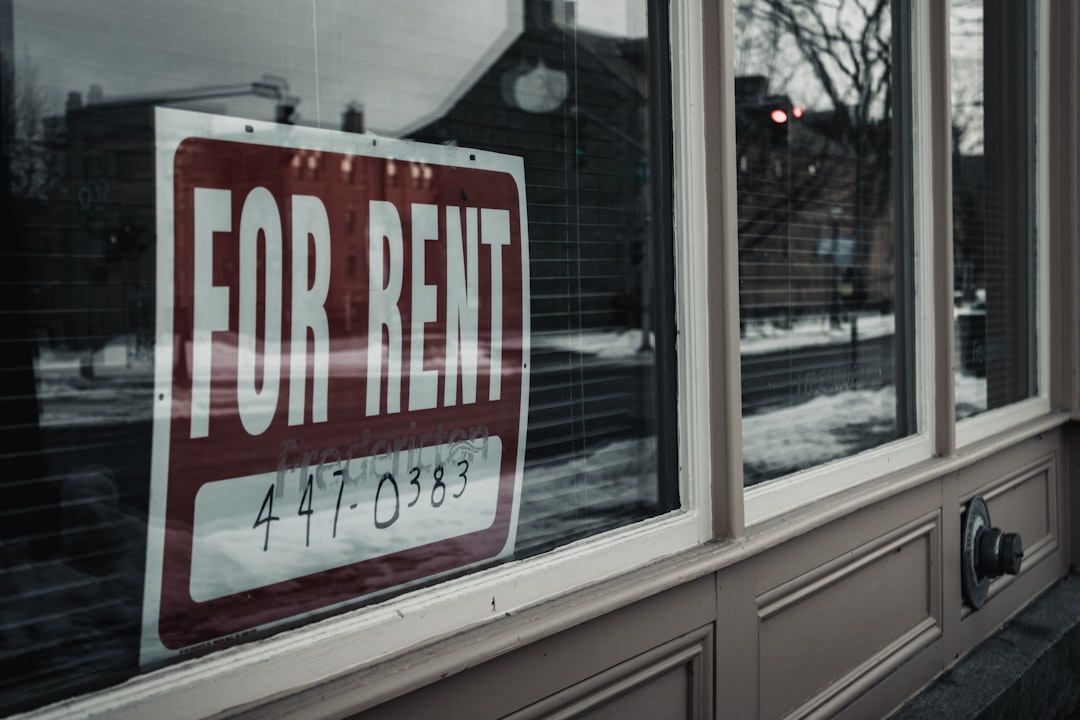
Rent increased by 8.0% in Columbia, South Carolina. This was the highest increase over the last year. Rents currently average $1,438, compared with $1,331 last year. This dramatic increase far exceeds any pension adjustment available to most retirees.
Since pre-pandemic, the average rent here has risen 43.5% from $1,001. This staggering increase has blindsided many retirees who chose South Carolina for its affordable living and favorable tax treatment of retirement income.
14. North Carolina – Tar Heel Troubles

North Carolina has become increasingly popular with retirees, but this influx has driven housing costs up faster than pension systems can adjust. The state’s teacher retirement system and other public pension plans provide minimal cost-of-living adjustments.
Cities like Asheville and Charlotte have seen rental markets explode, pricing out many retirees who moved to the state expecting affordable living. The gap between pension adjustments and housing costs continues to widen, forcing many seniors to consider relocating again.
13. Virginia – Old Dominion, New Challenges
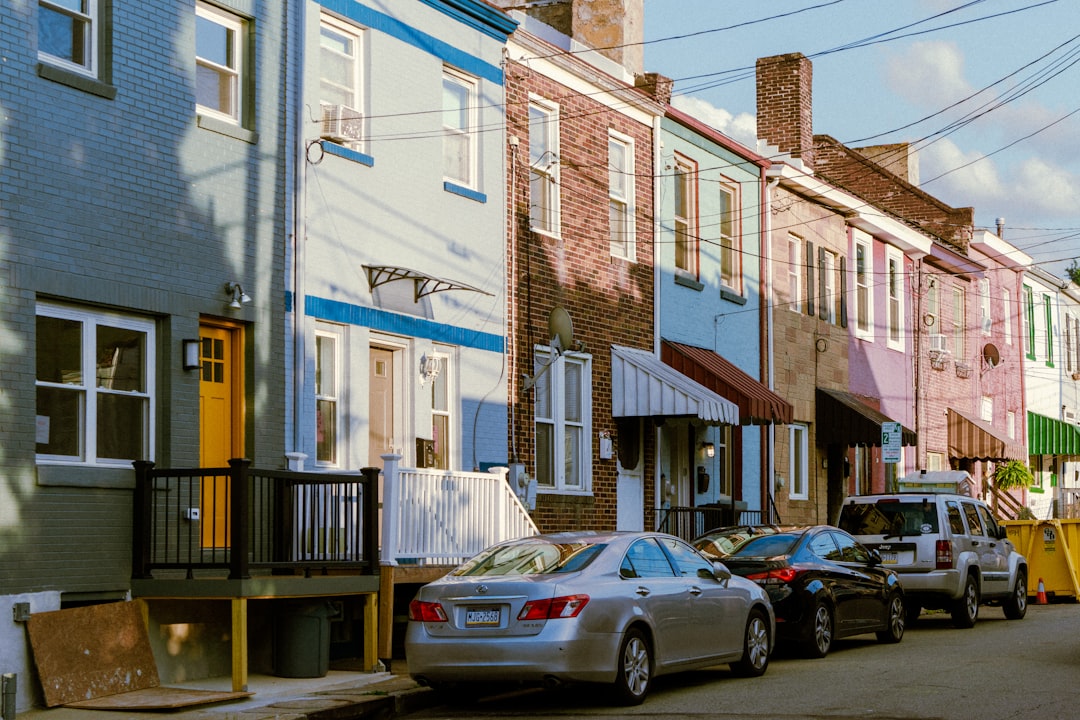
Virginia (11.6%), Tennessee (10.7%), and Hawaii (9.2%) also rank among the states with the steepest increases in rent projections for 2025. This 11.6% increase far exceeds any pension adjustment available to Virginia retirees.
Northern Virginia’s proximity to Washington D.C. drives much of the state’s housing cost increases, but the impact spreads throughout the state. Virginia’s pension systems for teachers and state employees provide modest adjustments that can’t keep pace with these dramatic rent increases.
12. Washington – Evergreen State, Expensive Living

Washington’s rental market, driven largely by Seattle and surrounding tech hubs, has experienced explosive growth. While the state doesn’t have income tax, the high cost of living more than offsets this advantage for many retirees.
The state’s pension systems, while generally well-funded, provide cost-of-living adjustments that can’t match the pace of housing cost increases. Many retirees find themselves forced to relocate to more affordable areas or dramatically downsize their living situations.
11. Oregon – Pacific Coast Pressures
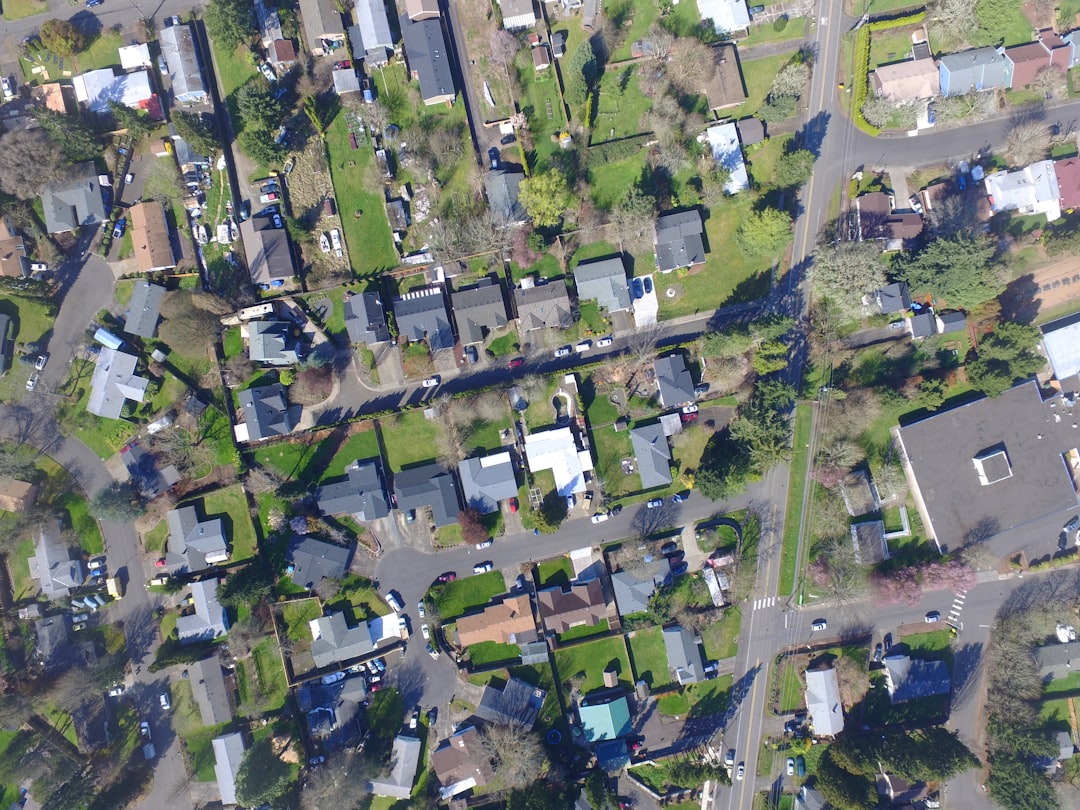
Oregon’s rental market, particularly in Portland and Eugene, has seen significant increases that far outpace pension adjustments. The state’s Public Employees Retirement System provides some cost-of-living adjustments, but they’re insufficient to match housing inflation.
Many Oregon retirees who expected to age in place find themselves priced out of communities they’ve called home for years. The state’s lack of sales tax is offset by property taxes and rapidly rising housing costs that strain fixed incomes.
10. Connecticut – Constitution State Costs

Connecticut’s high cost of living affects retirees disproportionately, as pension systems struggle to provide adequate adjustments. The state’s teacher retirement system and other public pension plans often provide increases that fall short of actual inflation.
The irony is that Connecticut has high property values, so retirees who own homes may appear wealthy on paper while being cash-poor due to property taxes and maintenance costs. Those who rent face even steeper challenges as landlords pass through all cost increases.
9. New Hampshire – Live Free or Pay More

New Hampshire’s appeal to retirees – no income tax and no sales tax – is being offset by rapidly rising housing costs. The state’s pension systems provide minimal adjustments while rental markets tighten significantly.
The state’s proximity to Boston drives much of the housing cost pressure, but the impact spreads throughout New Hampshire. Many retirees who moved here for tax advantages find themselves squeezed by housing costs that their pension adjustments can’t match.
8. Massachusetts – Bay State Budget Battles
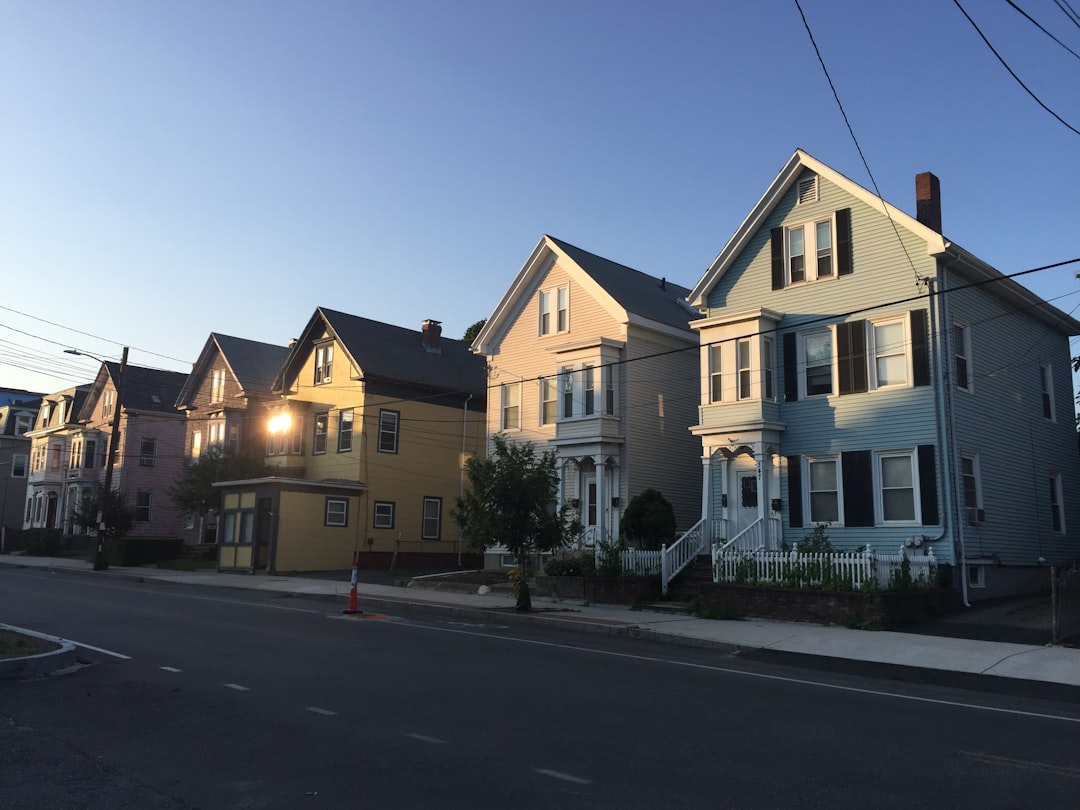
the median increase will be $48.65 per month for retirees in Massachusetts for Social Security adjustments. However, rental markets in Boston and surrounding areas have experienced increases that far exceed this adjustment.
Massachusetts has some of the highest housing costs in the nation, and state pension systems haven’t kept pace. The state’s teacher retirement system and other public pension plans provide adjustments that are insufficient to maintain purchasing power in one of America’s most expensive housing markets.
7. California – Golden State, Tarnished Dreams

California is home to the highest percentage of the renting population (15.1% in 2023) and has a 2BR FMR average YoY increase of 2.19%. While this might seem modest, it’s applied to already astronomical base rents that make any increase devastating for fixed-income retirees.
California’s various pension systems, including CalPERS, provide cost-of-living adjustments, but they compare the compounded rate of inflation to the compounded COLA percentage based on the employer contract. The actual COLA percentage you receive is the lower of the two compounded amounts. This often results in adjustments that fall short of actual housing cost increases.
6. Colorado – Rocky Mountain High Costs

Colorado’s appeal to retirees has created its own housing affordability crisis. The state’s pension systems provide modest adjustments while rental markets in Denver, Boulder, and mountain communities have exploded.
Many Colorado retirees face the double challenge of altitude and altitude-high housing costs. The state’s teacher retirement system and other public pension plans haven’t kept pace with the influx of new residents driving up housing costs across the state.
5. Nevada – Silver State, Golden Costs

Nevada’s popularity as a retirement destination, driven by no state income tax, has created unintended consequences. Las Vegas and Reno rental markets have experienced dramatic increases while pension systems provide minimal adjustments.
The state’s Public Employees’ Retirement System provides some cost-of-living adjustments, but they’re insufficient to match the pace of housing cost increases. Many retirees who moved to Nevada for tax advantages find themselves squeezed by rapidly rising housing costs.
4. Arizona – Desert Costs Blooming

Arizona, Florida and Georgia experienced a significant increase in the share of renters’ incomes going to rent in 2023. Rents increased 6.5% in Arizona. This increase far exceeds typical pension adjustments available to retirees.
Arizona’s popularity as a retirement destination has driven up housing costs faster than pension systems can adjust. The state’s various retirement systems provide modest cost-of-living adjustments that can’t keep pace with the influx of retirees and seasonal residents driving up demand.
3. Florida – Sunshine State, Stormy Costs

three states experienced a significant increase in the share of renters’ incomes going to rent in 2023: Arizona, Florida and Georgia. Rents increased 8.2% in Florida. This dramatic increase has shocked many retirees who chose Florida for affordable living.
Naples, FL had the highest rent increases over the last five years at 63.1% for a current average rent of $2,972. Knoxville, TN saw 59.1% growth to an average rent of $1,818. Rent in Saint Petersburg, FL now averages $2,053 after a 55.6% climb, and rent in Miami increased 55.0% to $3,067 since February 2020.
2. Idaho – Gem State, Costly Reality
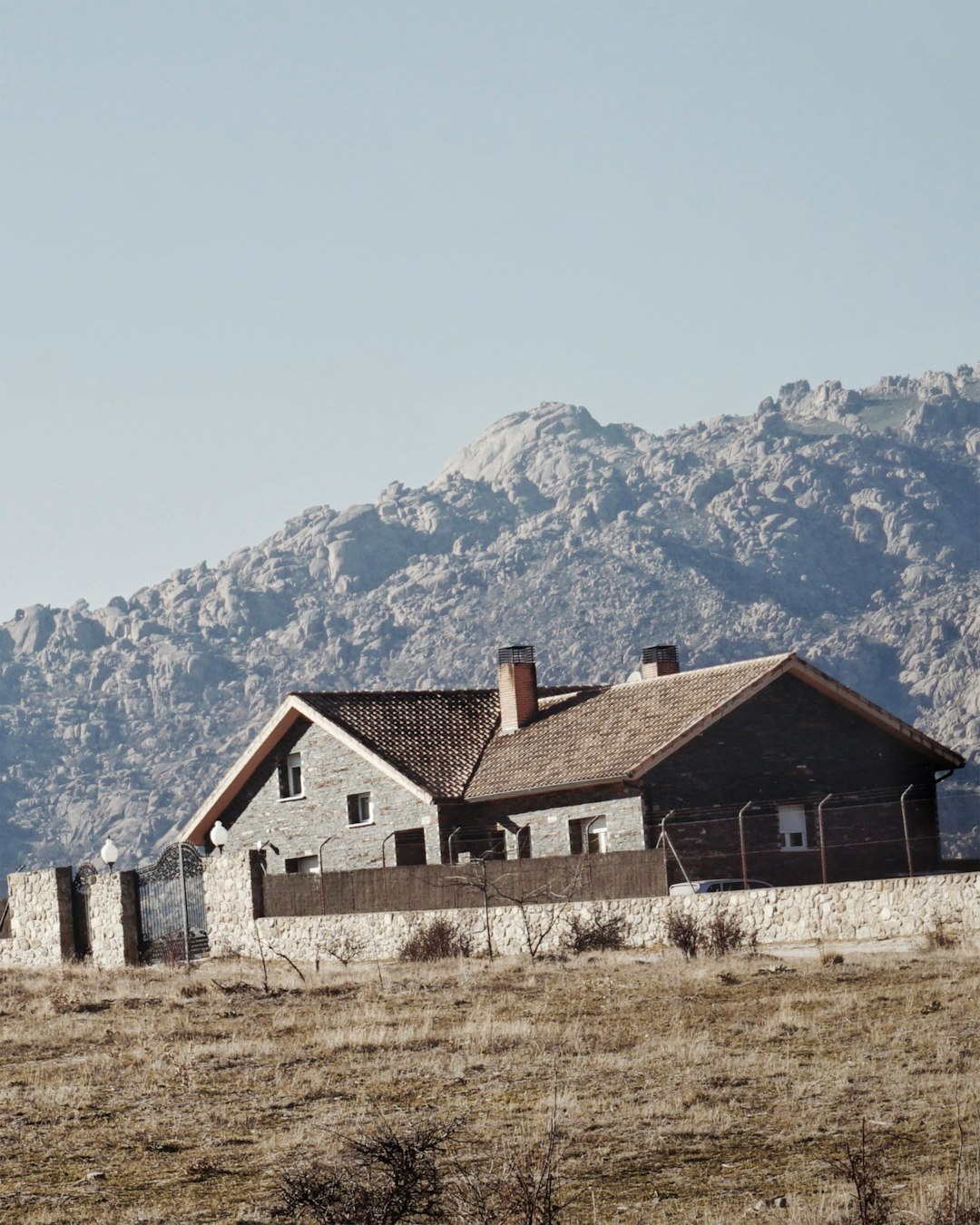
Rents in Montana are projected to be 20.7% higher than in 2024, while Idaho is expected to see a 20.3% increase – both more than four times the national average of 4.8%. This staggering increase has devastated many retirees on fixed incomes.
Boise City, ID follows with a 32.1% increase in rent projections. Idaho’s transformation from an affordable retirement haven to a high-cost destination has caught many retirees off guard, with pension systems completely unable to match these dramatic increases.
1. Montana – Big Sky, Bigger Problems
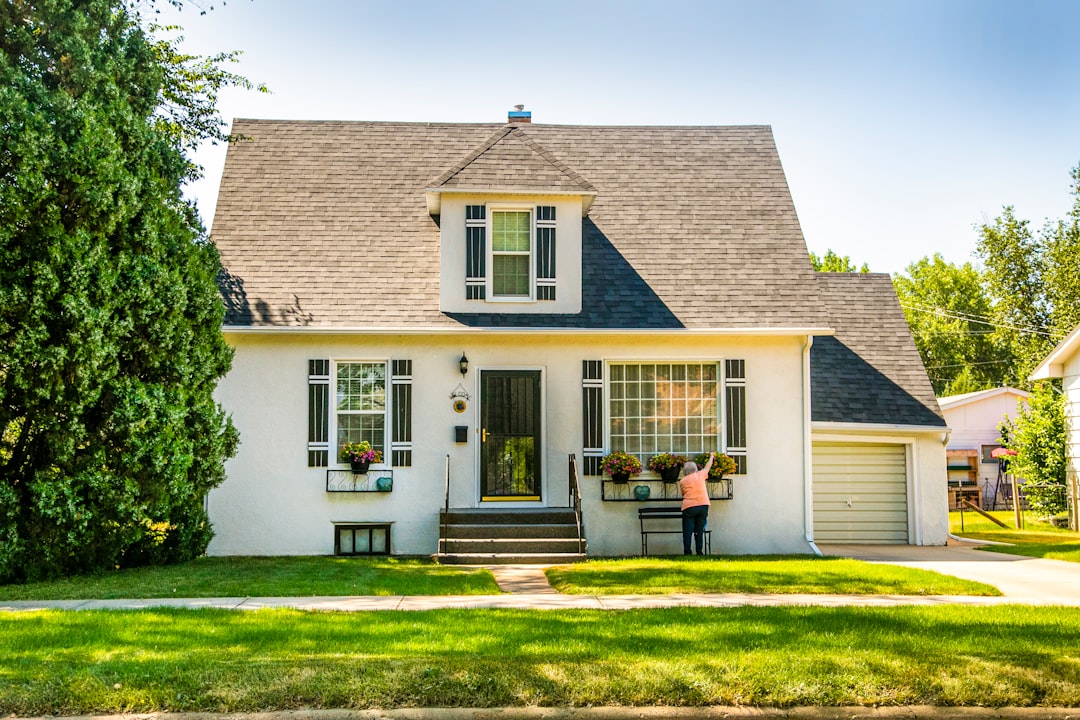
Rent increases in Montana & Idaho are more than 4X the national average. Rents in Montana are projected to be 20.7% higher than in 2024. This astronomical increase represents the worst disconnect between rent growth and pension adjustments in the nation.
Median rents in Bozeman, MT are forecasted to be 37.4% higher in 2025 than the year before. These cities highlight the housing affordability challenges in the Mountain West as population growth and limited inventory create perfect storm conditions.
Montana’s pension systems, designed for a different era of housing costs, provide minimal adjustments while the state experiences the most dramatic rental increases in the country. Many lifelong Montana residents find themselves priced out of their own communities.
The Harsh Reality for America’s Retirees

The numbers paint a stark picture of financial displacement affecting millions of American retirees. Social Security and Supplemental Security Income (SSI) benefits for more than 72.5 million Americans will increase 2.5 percent in 2025. The 2.5 percent cost-of-living adjustment (COLA) will begin with benefits payable to nearly 68 million Social Security beneficiaries in January 2025.
However, this modest adjustment pales in comparison to rent increases across these 30 states. On average, Social Security retirement benefits will increase by about $50 per month starting in January. Over the last decade the cost-of-living adjustment (COLA) increase has averaged about 2.6%, while many states see rental increases far exceeding this rate.
The disconnect between pension adjustments and housing cost reality forces difficult choices. Many retirees must choose between staying in familiar communities or relocating to maintain financial stability. The American dream of aging in place becomes increasingly impossible when rent increases consistently outpace the modest protection that pension COLAs provide.





